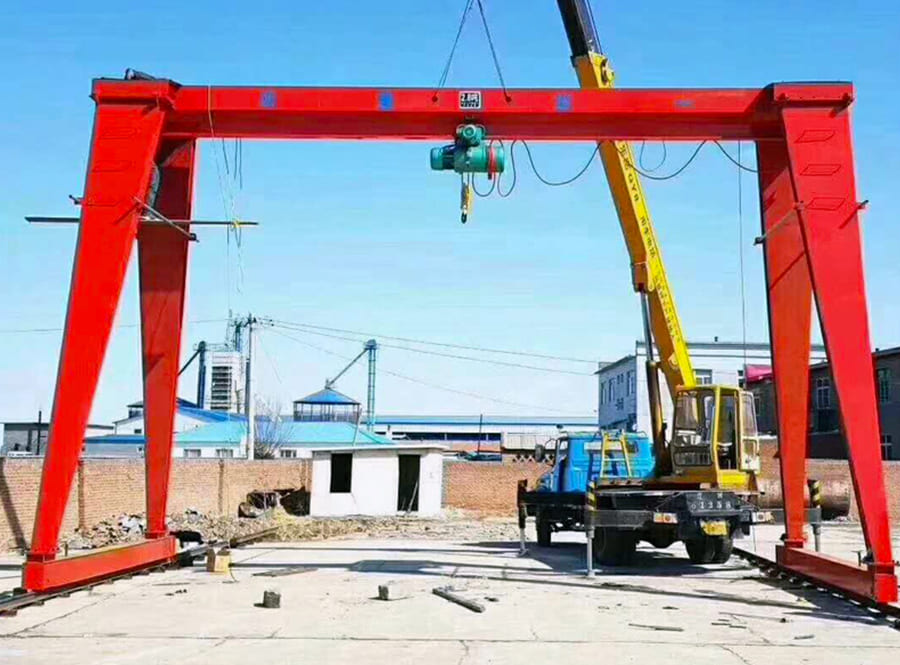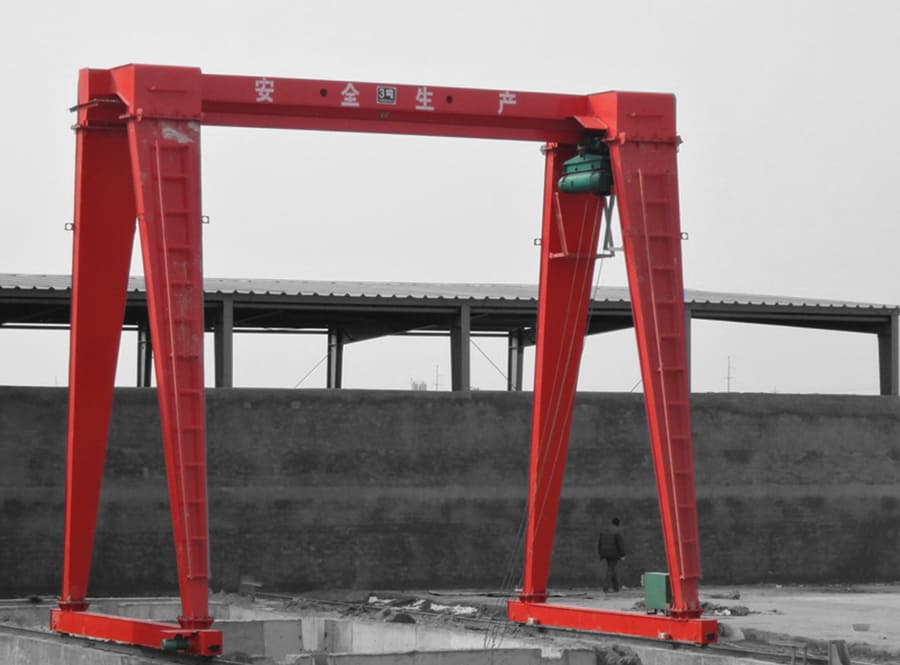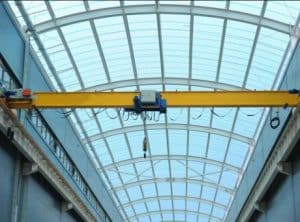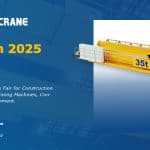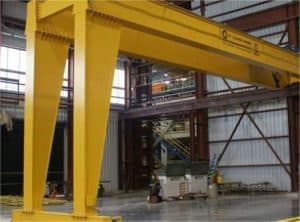The reasons for the failure of Grúa pórtico de una sola viga are relatively complex. If a crane malfunctions, it is difficult to solve these malfunctions. At the same time, these malfunctions will not only cause damage to the entire machine, but may also pose a certain threat to human life safety. Therefore, in daily life, equipment managers must strengthen daily repairs and maintenance, and actively solve problems that arise.
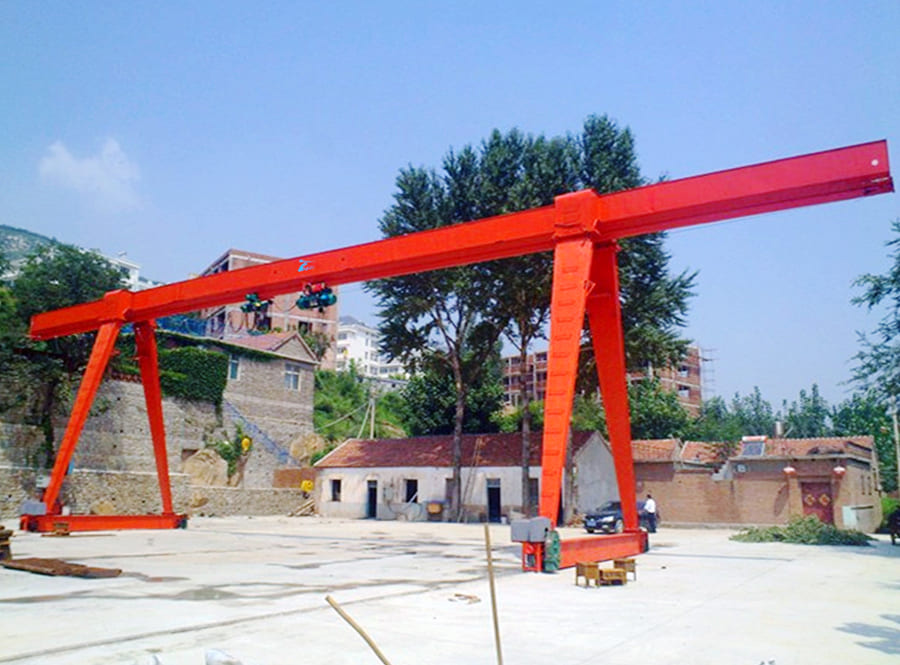
Common faults of Fabricante de grúas pórtico de una sola viga:
1. Wheel and track failure analysis
In the work of cranes, there are many reasons for rail gnawing. One of the most common faults during the operation of wheels and rails is wheel rail gnawing, and there are also various forms of rail gnawing. Since rail gnawing will not only affect the working life of the Fábrica de grúas pórtico de una sola viga Sevencrane, but also cause serious safety accidents, in practice, it is necessary to pay great attention to the problem of wheel rail gnawing of cranes. The main reasons that cause wheel rail gnawing are: the track of the cart is not balanced enough during installation; the height difference between the two rails exceeds the specified range; the cart is not synchronized during operation, etc. Therefore, when installing and repairing cranes, in order to ensure the safe operation of the machine equipment and the service life of the machine, Empresa de grúas pórtico de una sola viga con control remoto inalámbrico is necessary to find units and qualified maintenance personnel to install and repair the crane. In addition, special equipment managers are required to perform regular inspections. Strengthen the management and inspection of equipment, and during the inspection, we must find out the causes of rail gnawing, and take relevant measures in a timely manner to avoid major safety failures.
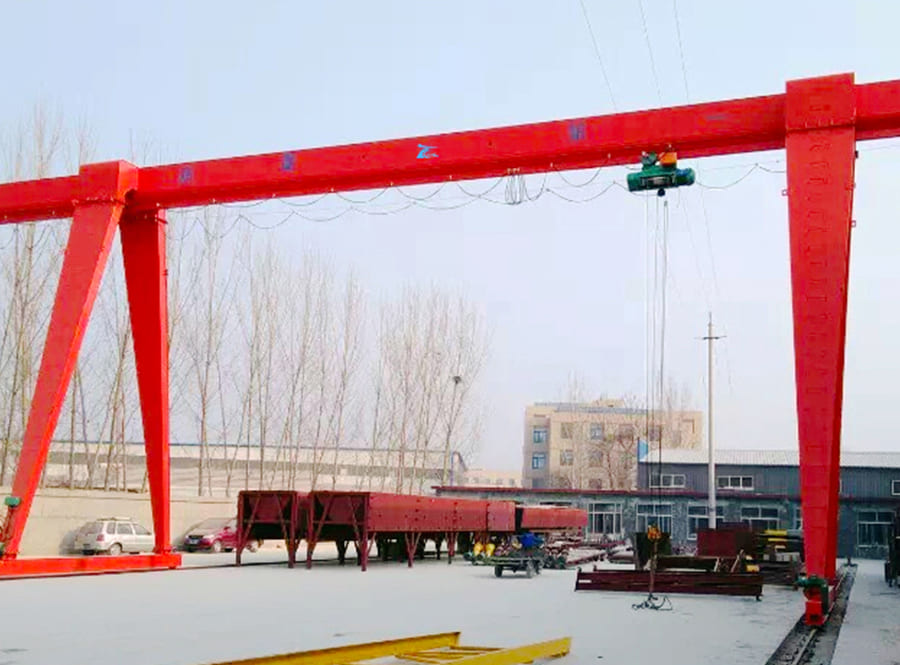
2. Brake failure
Brake failures generally include oil stains during the friction process of the brake wheel, severe wear of the brake wheel, inflexible rotation of the hydraulic push rod brake, and loose brake springs. In response to this kind of failure, relevant personnel should regularly clean the brake oil, adjust the brake braking torque according to the operating conditions of the crane, increase the strength of the brake spring connection, and regularly inspect the electrical parts and pushing mechanism.
3. Wire rope failure
It mainly covers situations such as knotting, wear, broken wires and mechanical bending. For this kind of failure, we must first stop using the knotted wire rope, and then replace the wire ropes that are seriously worn and have reached the scrap standard in accordance with relevant standards and specifications. . When replacing the wire rope, various factors of the gantry crane must be taken into consideration. For example, it must not work in an overloaded environment to prevent high temperature and isolation corrosion from adversely affecting the wire rope. If problems with the wire rope are found, they must be repaired and solved immediately. At the same time, the length of the wire rope must be controlled to ensure that the hook is always in a lower position and the remaining wire rope in the roll must not be less than 3 turns. Keep it in optimal lubrication condition. When the length of the reel is long or the lifting height of the gantry crane is large, install a rope guide on the reel to ensure that the wire ropes are arranged in an orderly manner on the drum to avoid safety accidents in which the wire ropes are cut due to disordered rope arrangement.
4. Electrical circuit failure
The electrical circuit failure of the La mejor grúa pórtico de una sola viga a la venta generally manifests itself as a burnout of the main contactor coil or a short circuit in the operating circuit, or the circuit fuse fuse is disconnected, etc. If this kind of fault is not solved, you can use a megger to check the parts and effectively eliminate it. Or use a multimeter to check whether there is a short circuit problem in the line. After ensuring that there are no hidden dangers in all links, start the crane switch to start the operation.








